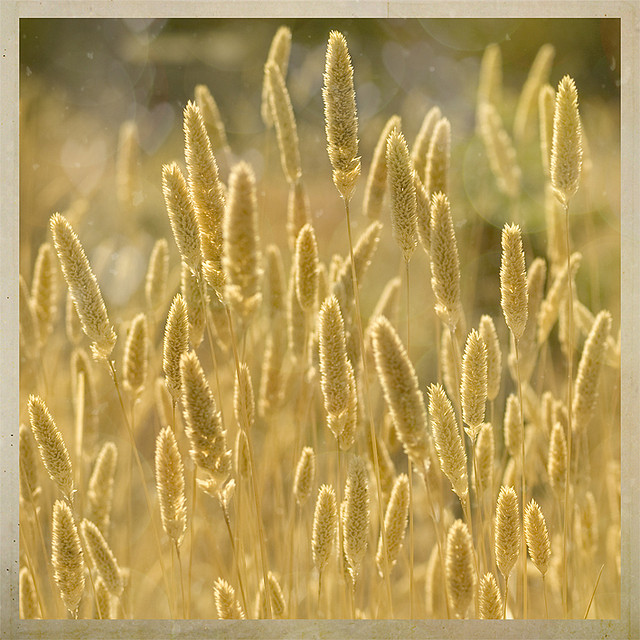Foods to avoid for living gluten free
Derived From: Natural News
Original Author: Joel Edwards
Celiac disease is an autoimmune disease in which the body reacts to the protein found in gluten in a unique way. With most food allergies, people experience a reaction immediately or within minutes of consuming the offending substance. For those with celiac disease, a reaction occurs up to 72 hours later and could be extreme or largely go unnoticed, which can confuse and delay an accurate diagnosis.
T cells attack the lining of the small intestine in response to gluten being passed through the digestive tract. Over time, villi in the small intestine are damaged beyond repair, severely inhibiting the body’s ability to absorb nutrients from food.
Symptoms
There are over 300 known symptoms of celiac disease. The more common symptoms are listed below.
Abdominal bloating and pain
ADHD
Anemia
Arthritis
Anxiety
Bone pain
Bedwetting
Chronic fatigue
Constipation
Delayed growth and puberty
Depression
Diarrhea
Eczema
Failure to thrive
Infertility
Irritability
Irregular menstrual periods
Joint pain
Malnutrition
Migraines
Miscarriages
Osteoporosis
Persistent canker sores
Rashes
Seizures
Tingling sensation or numbness in hands or feet
Unusually foul-smelling stool, blood or undigested foods in stool
Unexplained weight loss
Vomiting
Diet Is the Only Known Treatment
The treatment for sufferers of celiac disease is to avoid gluten entirely, to eat a completely gluten free diet. The FDA does not require food manufacturers to list gluten on their labels. Wheat is required to be clearly labeled, but gluten is not. The following foods contain gluten:
Wheat
Barley
Bulgur
Couscous
Durum
Einkorn
Emmer
Farina
Farro
Kamut
Malt
Mir
Oats (unless labeled gluten free oats- oats are often contaminated)
Rye
Seitan
Semolina
Spelt
Triticale
Gluten is commonly found in breads, bread crumbs, baked goods, beer, biscuits, brewer’s yeast, brown rice syrup (often made with barley enzymes), cereals, communion wafers, crepes, croutons, dextrin, flour tortillas, food coloring, food starch, French toast, granola, gravies, herbal teas, malt vinegar, marinades, sauces, pancakes, pastas, roux, salad dressing, soup, soy sauce, starch, stuffing, waffles, and wine. Any processed food made in a facility that also processes foods with gluten may be contaminated.
Other non-food items that may not be gluten free include:
Lipbalm, lipgloss, lipstick
Supplements
Pharmaceuticals
Vitamin and mineral pills
Over the counter medications
Playdough (some kids will eat copious amounts of the stuff when playing with it)
This list is not meant to be comprehensive. Many processed foods contain gluten, and unless the package says certified gluten free, it probably isn’t. Many items that one might think are gluten free like corn flakes and rice cereal use malt or barley extract as a sweetener. Restaurants that do not offer gluten free menus cannot guarantee that their food is gluten free. And sadly, many that do offer gluten free choices contaminate the food while preparing it.
Conclusion
Celiac disease is a very serious condition that requires strict dietary changes in order to heal the gut and properly digest the nutrients in food. Celiac disease is now recognized as either a pre-curser or a companion disease to many other autoimmune diseases. We highly recommend that anyone with any autoimmune disease completely remove gluten from their diet and concentrate on healing the gut.
If you have a gluten intolerance, celiac disease, or any allergies, it’s time to Kill Candida and Balance Your Inner Ecosystem. Also, check out Is wheat Poison? What’s Behind the Rise of Celiac Disease and Gluten Intolerance for more on wheat and gluten.







